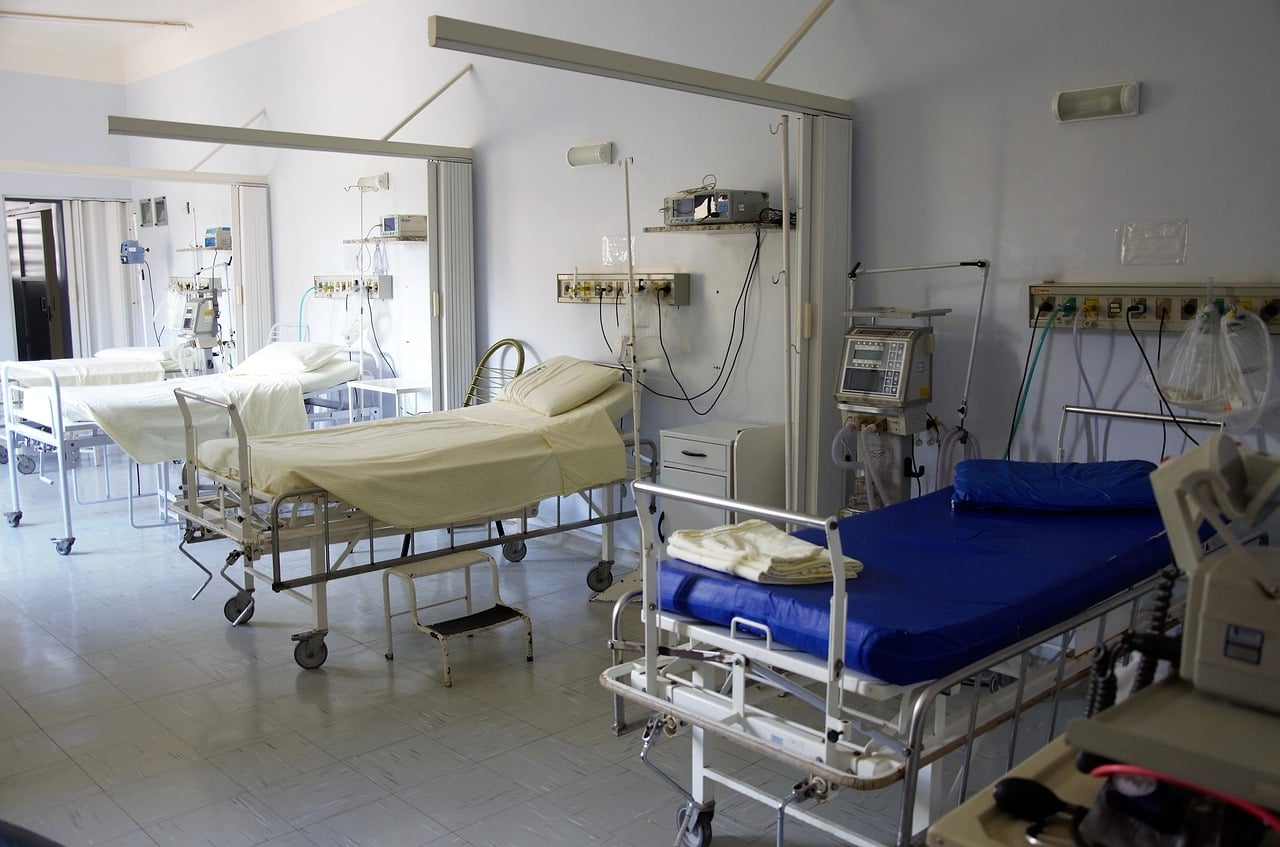Hospitals Refusing to Buy or Order Ventilators – Report; Further Exacerbating Availability Gap, But a Proven Alternative Exists
Q4 2019 hedge fund letters, conferences and more
WASHINGTON, D.C. (March 20, 2020) - In addition to the HUGE predicted gap in available ventilation machines to deal with growing COVID-19 epidemic - about 160K in hospitals, and 15K from the federal stockpiles, compared with a projected need of more than 900K - a new report says that many if not most hospitals would not buy or even order enough ventilators even if the devices did somehow become available.
Hospitals Do Not Want To Spend For Additional Ventilators
Apparently, hospitals do not want to spend up to $50K per machine (plus related costs) to purchase the hundreds of the additional ventilators which will be needed to treat those who will need breathing assistance, only to have to put them into storage once the epidemic subsides in a few weeks or months.
As the Washington Post reports, "Health Industry Experts Cite Cost and Uncertainty as Disincentives to Stocking Up, Leaving a Potential Life-and-Death Gap in Treatment Options for Patients in the Coronavirus Outbreak."
Fortunately, there are other devices which have proven to be successful in similar circumstances, especially for many patients whose breathing problems do not necessarily require the full power and sophistication of an expensive hospital-type ventilator, suggests professor John Banzhaf, an MIT-educated engineer and inventor with several patents.
For example, the medical journal ACP Hospitalist reported that "CPAP [Continuous Positive Airway Pressure] or BiPAP [Bilevel Positive Airway Pressure] [machines] sometimes can help stave off intubation for acutely ill patients with respiratory failure from exacerbations of acute pulmonary edema or chronic obstructive pulmonary disease (COPD)."
CPAP Machines To The Rescue
In other words, if CPAP machines can be helpful even for "acutely ill patients with respiratory failure" who do not require intubation, they almost certainly would also help - especially on a stop-gap basis if no additional ventilators were available - those whose respiratory problems are serious enough to require medical intervention, but not necessarily serious enough to require a full-fledged hospital-type ventilating machine, suggests Banzhaf.
That's why a CPAP machine has been called a "poor man's ventilator."
In contrast to medical ventilators (about 160K now in hospitals), there are millions of CPAP (and BiPAP, hereinafter included) machines already in use, or in warehouses waiting to be used - to reduce snoring and treat sleep apnea (temporary periods of wakefulness) by helping to force air into the lungs of users - for many "acutely ill [COVID-19] patients" who can survive without a hospital-type ventilator.
Many current users might be paid a nominal sum to do without their CPAP machines for a few months in situations where it would not create a serious health risk for them, and especially in cases where they have several older models left over from past use, or don't regularly use their existing CPAP machine because it is uncomfortable, intrusive, inconvenient, not truly necessary, etc.
Because they are much simpler to produce, and are currently made by many different companies, it is much easier to increase CPAP production capacity to meet this extraordinary demand; something not true for hospital ventilator machines.
Hospitals Maybe Willing To Purchase More CPAPs
Moreover, at an average cost of only about $850 (and far less if purchased in bulk), hospitals would likely be more willing and able to purchase enough CPAPs to meet the surge in demand than ventilators ($25,00-$50,000), especially since they would be able to sell or rent CPAPs thereafter to patients with sleep apnea and/or excessive snoring.
Since most experts predicted that many hospitals will very soon run out of ventilators, and will have to choose which patients will then live or die, any possible solution should at the very least be analyzed and tested, argues Banzhaf, who is working with those more knowledgeable than him to develop guidelines for use - and, if necessary - small modifications to existing devices if necessary.





